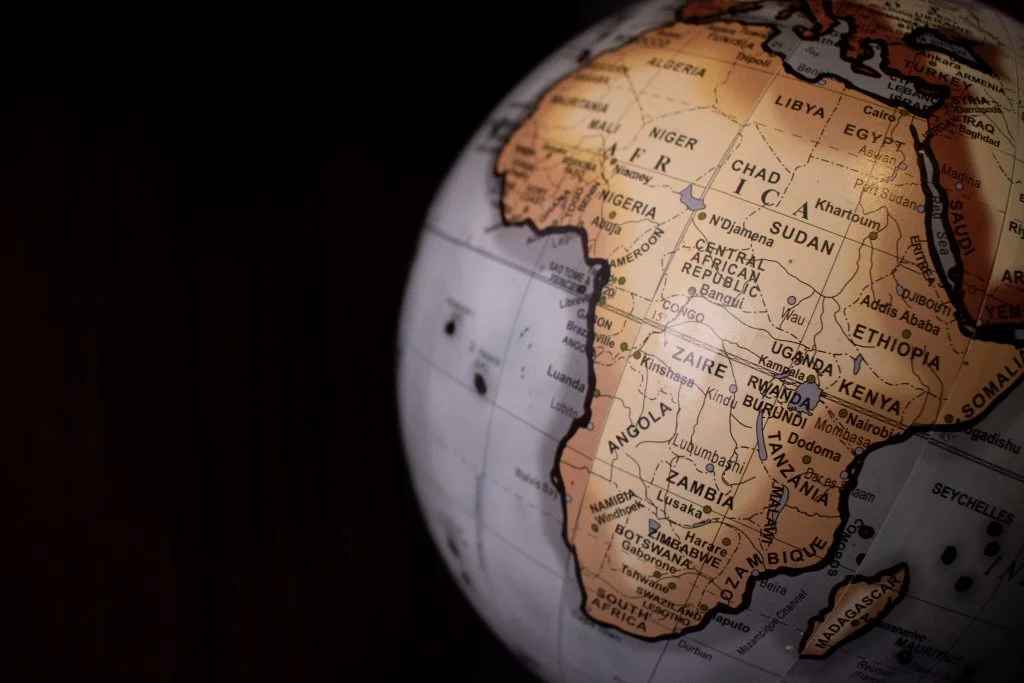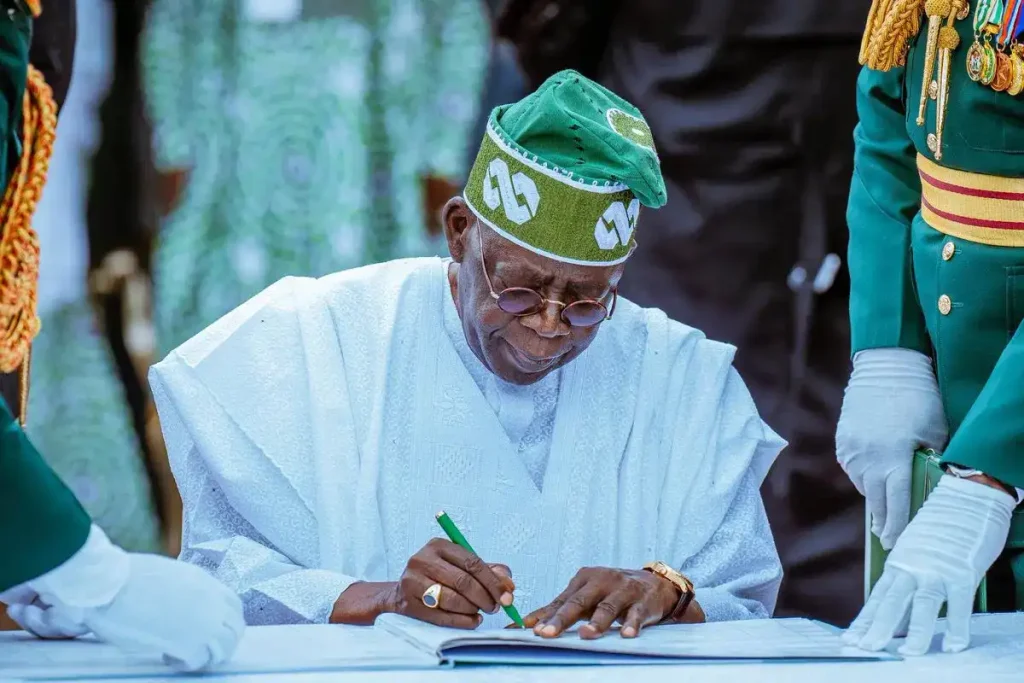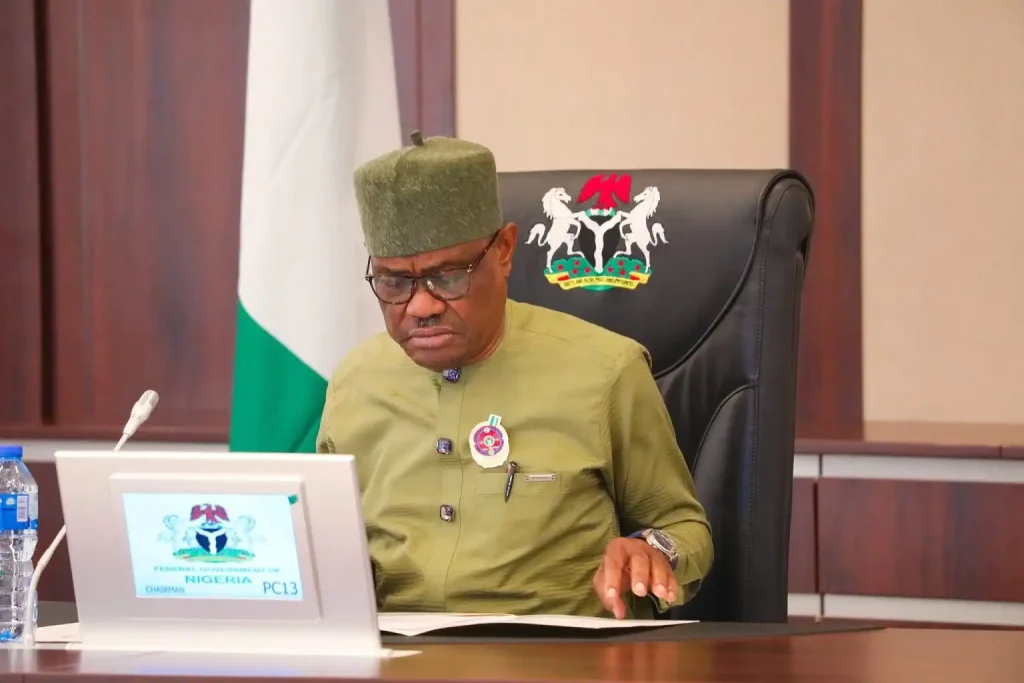Inflation continues to pose a major challenge across African economies, forcing central banks to adopt aggressive monetary tightening strategies. Many have significantly raised their Monetary Policy Rates (MPRs)—the benchmark for lending and borrowing—to counter rising prices, stabilize currencies, and attract capital.
According to research from Nairametrics, Zimbabwe, Sudan, and Ghana currently lead the continent with the highest MPRs. These high rates reflect attempts to curb inflation and restore macroeconomic stability. However, they also make borrowing more expensive for businesses and governments, which could suppress economic recovery and increase fiscal strain.
As of July 2025, Zimbabwe holds the highest MPR at 35%, a response to its ongoing hyperinflation and fragile economic environment. Sudan and Ghana follow with MPRs of 28.3% and 28% respectively—figures that significantly raise the cost of credit.
Nigeria ranks fourth, maintaining its MPR at 27.5% in July 2025. Since 2022, the Central Bank of Nigeria (CBN) has led one of Africa’s most aggressive tightening cycles. Its goal is to manage inflation expectations and stabilize the naira amid foreign exchange volatility and persistent food inflation.
Here’s a country-by-country breakdown of the top 10 African nations with the highest borrowing costs, along with their respective inflation rates.
Top 10 African Countries by MPR (as of July 2025)
10. Liberia – MPR: 17.25% | Inflation: 11.60%
Liberia rounds out the list with a 17.25% MPR. This reflects efforts by the Central Bank of Liberia to contain domestic inflation and stabilize the national currency. However, the high interest rate discourages private sector lending. Limited financial infrastructure also weakens the impact of traditional monetary policy tools.
9. Angola – MPR: 19.50% | Inflation: 19.73%
Angola maintains an MPR of 19.5% amid fluctuating oil revenues and a fragile kwanza. The National Bank of Angola seeks to balance inflation control with the need for liquidity in the banking system. Though higher rates may help stabilize the currency, they also increase borrowing costs for businesses still reeling from the pandemic and rising import bills.
8. Sierra Leone – MPR: 23.75% | Inflation: 7.10%
The Bank of Sierra Leone set its MPR at 23.75% to address inflation stemming from food insecurity, fuel price shocks, and dwindling foreign reserves. While the measure aims to prevent full-blown economic instability, it disproportionately affects the productive sectors—especially in a largely informal economy.
7. Egypt – MPR: 24.50% | Inflation: 14.90%
Egypt’s central bank raised its rate to 24.5% to combat surging inflation following repeated devaluations and the phasing out of subsidies. Although IMF-backed reforms have been implemented, inflation remains high due to elevated food and energy import costs. While the tight policy supports the Egyptian pound and appeals to investors, it also dampens domestic investment and pushes borrowers toward informal lending channels.
6. DR Congo – MPR: 25.00% | Inflation: 5.00%
The Central Bank of the Democratic Republic of Congo increased its MPR to 25% in response to persistent inflation and delays in mining sector currency repatriation. As the economy relies heavily on mineral exports, price volatility and foreign exchange issues continue to apply pressure. The rate hike signals a commitment to price stability, but it also makes credit less accessible for private enterprises.
5. Malawi – MPR: 26.00% | Inflation: 27.10%
Malawi’s central bank raised the MPR to 26% in an attempt to tackle inflation caused by currency depreciation and climate-induced food shortages. The Reserve Bank of Malawi uses high rates to mop up excess liquidity, but limited policy space hampers broader effectiveness. The credit crunch affects small businesses and farmers, while investor confidence remains subdued.
4. Nigeria – MPR: 27.50% | Inflation: 22.22%
In July 2025, Nigeria’s Monetary Policy Committee raised the rate to 27.5%, continuing a tightening trend that started in 2022. The Central Bank of Nigeria faces multiple challenges: import-driven inflation, naira depreciation, and fiscal imbalances. Though the policy aims to stabilize the economy and attract foreign capital, it increases borrowing costs for businesses already grappling with logistics, energy costs, and regulatory hurdles.
3. Ghana – MPR: 28.00% | Inflation: 13.70%
Ghana raised its policy rate to 28% in May 2025 as part of a broader effort to control inflation and stabilize the cedi. IMF-backed reforms and fiscal discipline have helped reduce inflation somewhat, but structural risks remain. High interest rates continue to hinder consumer spending and private investment, as the government navigates debt sustainability and liquidity challenges.
2. Sudan – MPR: 28.30% | Inflation: 113.35%
Sudan last updated its MPR in February 2023, holding it at 28.3%. Despite the outdated rate, it remains among the continent’s highest amid extreme inflation that exceeded 113% in June 2025. The Central Bank of Sudan enforces high rates to defend its currency in the face of hyperinflation and political instability. However, the war-torn economy lacks access to international capital, and credit markets remain largely frozen.
1. Zimbabwe – MPR: 35.00% | Inflation: 95.80%
Zimbabwe leads the continent with an MPR of 35%. The Reserve Bank of Zimbabwe set the rate in response to severe price instability driven by currency devaluation and structural weaknesses. The high interest rate reflects a firm anti-inflation stance but has severely limited access to credit. Businesses and consumers increasingly turn to informal channels, stunting formal sector growth.
Why MPR Matters
The Monetary Policy Rate plays a vital role in economic management. It serves as the benchmark for all other interest rates in a country. When central banks raise the MPR, commercial banks typically respond by increasing lending rates, making it more expensive for businesses and consumers to borrow.
Raising the MPR reduces the money supply and helps control inflation. Conversely, lowering it encourages borrowing and stimulates economic activity during downturns. In fragile economies, however, this balancing act becomes more complex.
Elevated MPRs make local debt instruments more attractive, drawing investors to treasury bills, bonds, and commercial paper. However, this also raises the cost of borrowing for governments already under fiscal pressure. The trade-off often results in reduced private investment, higher debt servicing costs, and constrained public spending.
The Bigger Picture: Inflation vs. Growth
The current wave of interest rate hikes across Africa highlights a broader dilemma: how to control inflation without stifling growth. Monetary tightening alone may not yield long-term stability unless supported by structural reforms.
Many African economies need deeper financial markets, stronger institutions, and diversified export bases to handle external shocks. Without these elements, even the most aggressive monetary policies will struggle to deliver sustainable results.
In summary, while high MPRs demonstrate a firm commitment to combating inflation, they also risk slowing down economic recovery. Policymakers must strike a delicate balance—tightening just enough to control prices without choking off investment and consumption. The solution lies in combining prudent monetary policy with robust fiscal discipline and far-reaching structural reforms.












